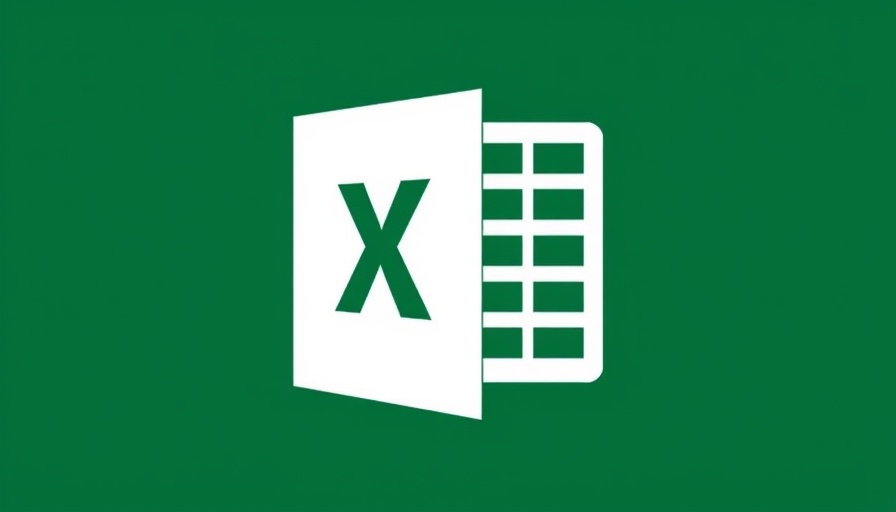
Unlock Marketing Insights with Conditional Formatting
For small business owners diving into the digital world, the ability to visually organize data can be a game changer. Excel’s conditional formatting feature allows users to highlight important data points in their marketing metrics, making it easier to track KPIs such as sales performance, customer engagement, and social media outreach. Imagine skimming through a sea of numbers and instantly spotting trends just by glancing at color-coded cells!
Powerful Applications for Marketing
Using conditional formatting, you can set rules that change how cells appear based on specific conditions. For example, if sales numbers exceed a set target, those cells can glow green, instilling a sense of achievement and motivation to your sales team. Conversely, slipping metrics that fall below expectations can be shaded red to capture immediate attention. This visual representation helps you and your team quickly adjust strategies before issues escalate.
Real-Life Example: Marketing Metrics
Let’s say a small business runs a campaign across social media channels. By tracking the number of leads generated from various platforms through conditional formatting, the owner can easily identify which channels yield the best return on investment. If Instagram leads are highlighted in bright orange, standing out from other channels, immediate focus can be redirected to more effective advertising strategies around that platform.
Make Excel Work for You
Taking the time to integrate conditional formatting into your daily analysis means less time wading through spreadsheets and more time making strategic business decisions. The goal of technology is not just efficiency; it’s enhancing the human experience in everyday tasks. So take that step today — explore conditional formatting and pave the way for a more organized, data-driven approach to your marketing efforts!
 Add Row
Add Row  Add
Add 




Write A Comment